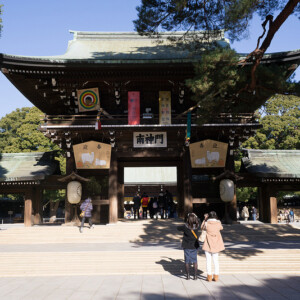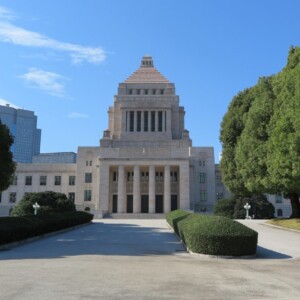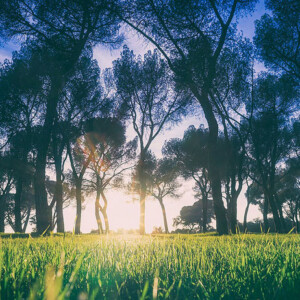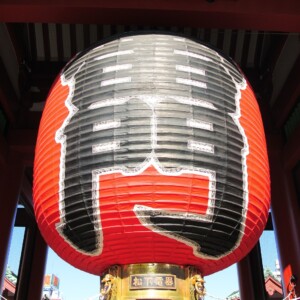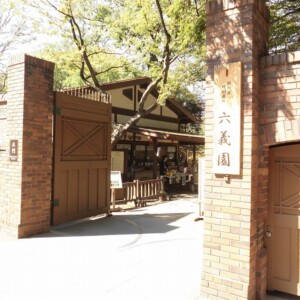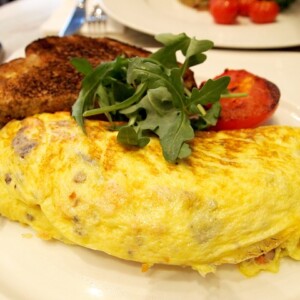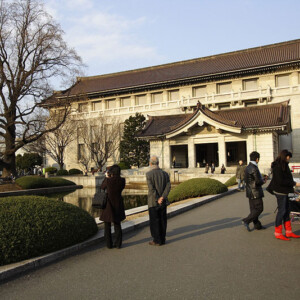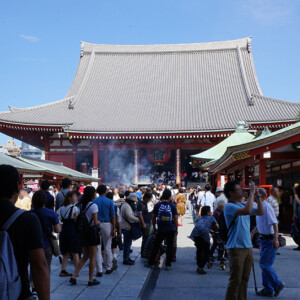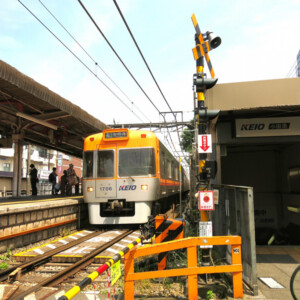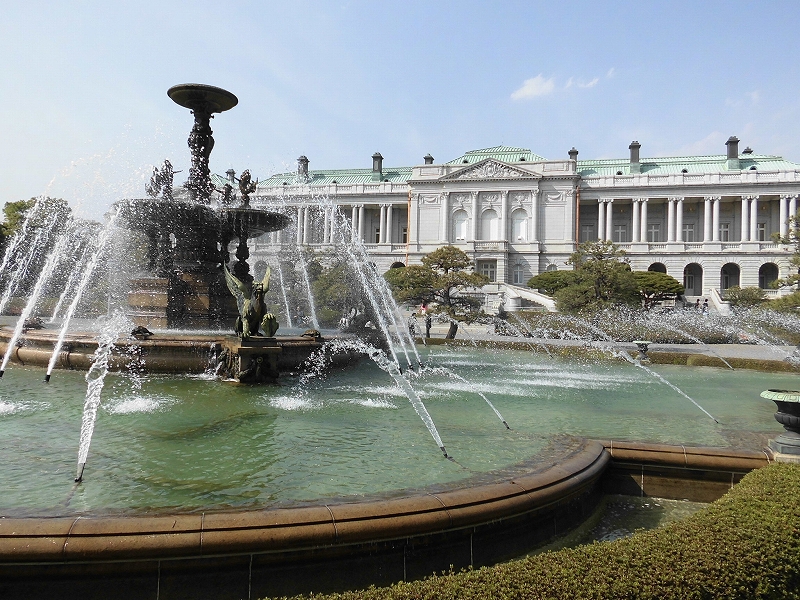
The pinnacle of Meiji architecture and art! State Guest House Akasaka Imperial Villa
table of contents
In 2009, Akasaka Imperial Palace was the first cultural property since the Meiji era to be designated as a national treasure. The State Guest House is a diplomatic venue that invites state and official guests, and has been open to the public since April 2016. The two gardens, the main garden and the front garden, are reminiscent of an old European castle, and are recommended for a stroll.
Stroll through the main garden inspired by the Palace of Versailles
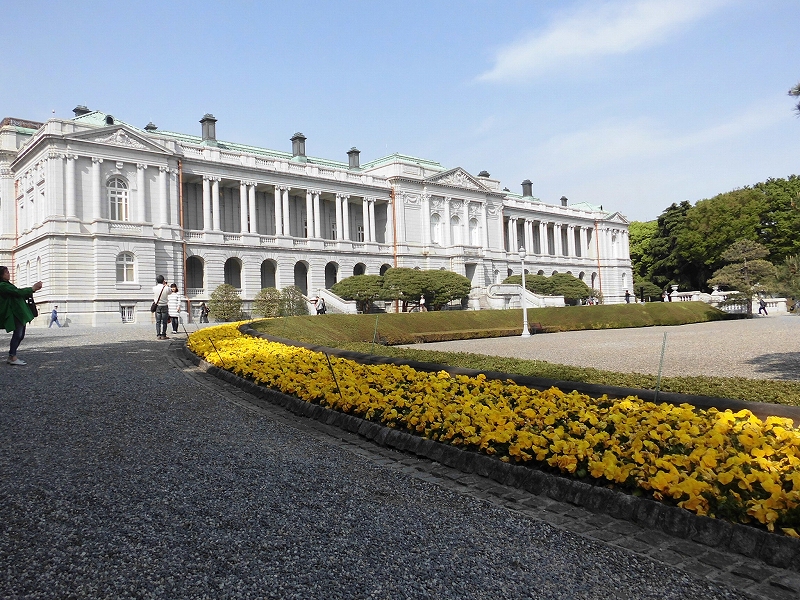
The photo shows the main building of the State Guest House viewed from the flowerbed in the main garden of the State Guest House. It is a neo-baroque building with two floors above ground and one floor underground. It was originally built in 1909 as the Togu Imperial Palace. It took 10 years to complete. The grounds of the Akasaka Imperial Palace State Guest House were the site of the Kishu domain's middle mansion during the Edo period, and where the State Guest House now stands, there was a mansion called Aoyama Goten. After the Imperial Palace was destroyed by fire in 1873, Aoyama Palace became a temporary imperial palace until 1888.
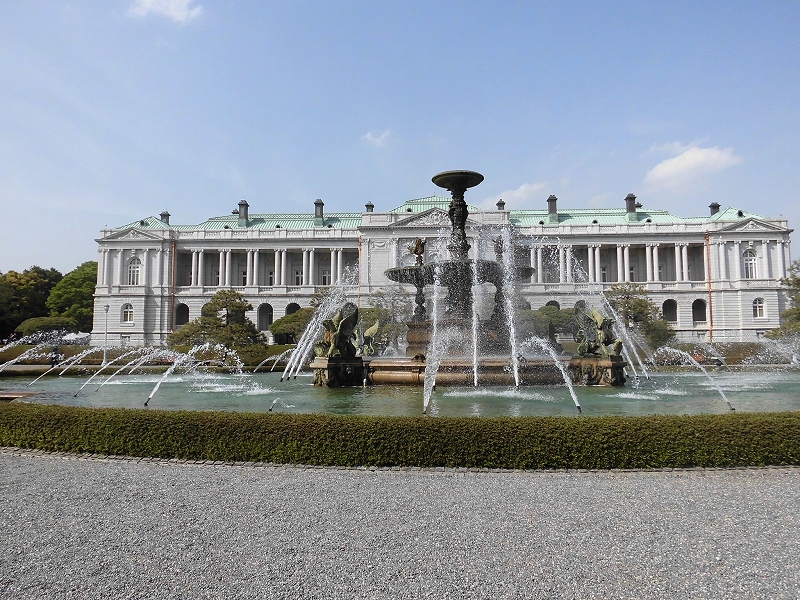
The view from the fountain in the main garden is similar to the Palace of Versailles in France. The court architect Higashikuma Katayama designed the exterior in a neo-baroque style. The Togu Palace is the residence of the crown prince, but it is rarely used because it is so ornate and the marble mansion is humid and stuffy in the summer and too cold in the winter. It was. Afterwards, it was renamed Akasaka Imperial Villa, and in March 1974, it underwent major renovations and was reborn as a state guesthouse. The construction cost was 10.8 billion yen and took five years.
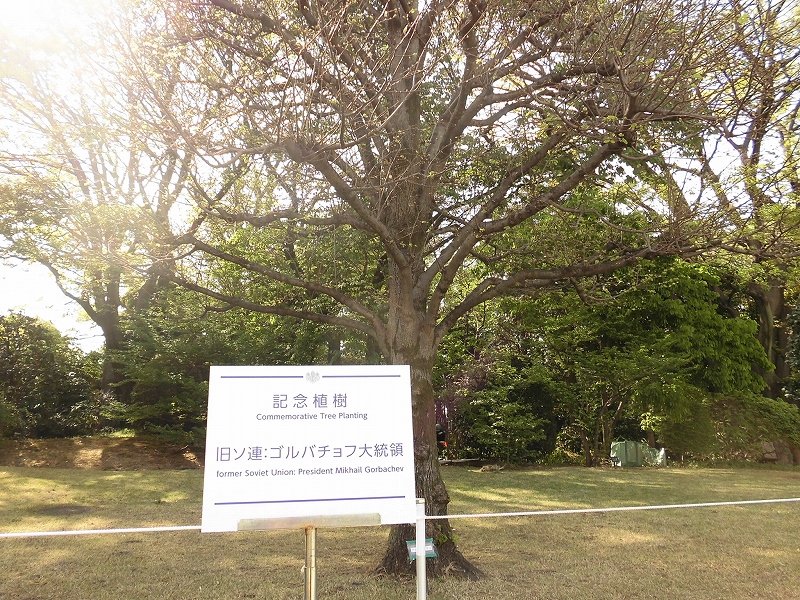
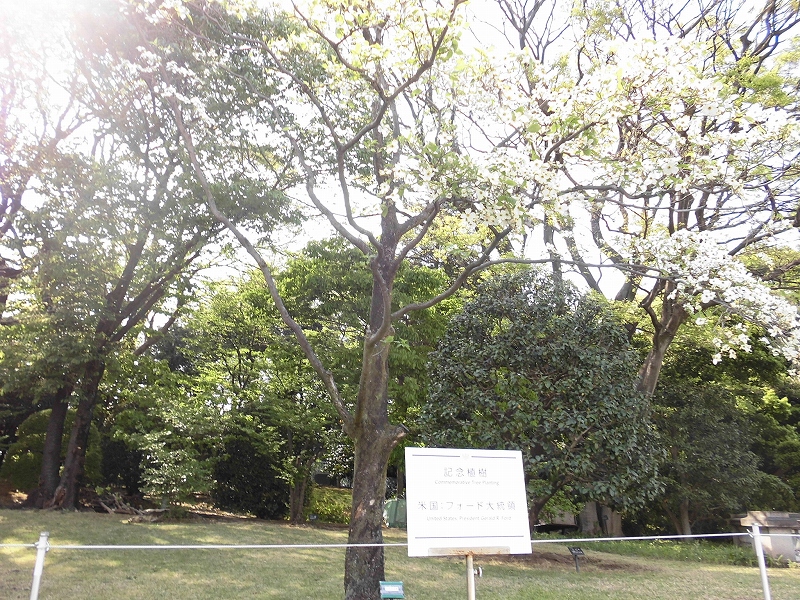
In the main garden, there is a commemorative tree planted for those who were invited as state guests. The trees planted by President Gorbachev of the former Soviet Union and President Ford of the United States are located next to each other. By the way, the first state guest at the State Guest House was President Ford. He came to Japan in November 1974.
Front garden of the State Guest House where you can relax at the open cafe
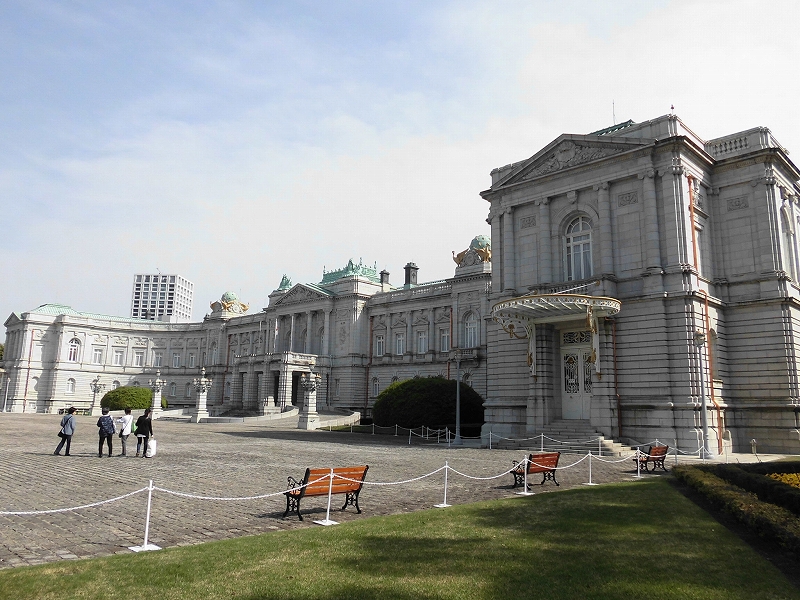
This is the front garden of the guesthouse. This is the view directly in front of you from the main gate. It is said that it is inspired by Schönburg Palace in Austria. The main garden with a fountain is behind this. This view from the front garden will be the last part of your tour of the State Guest House. This is because the main building and gardens of the State Guest House cannot be viewed from the main gate, but rather from the west gate, which is located diagonally to the right after going around the main gate. Enter through the west gate and start your tour of the main building from the back on the right side of the screen. The exit for the main building tour is also at the same location. Once you have finished touring the main building and main garden, you can exit through the front garden and exit through the main gate.
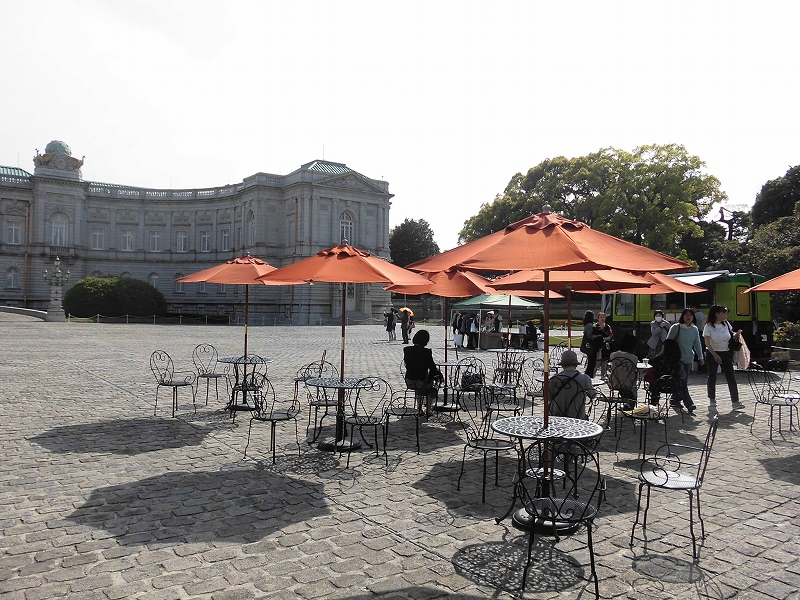
In the front garden, mobile cafe wagons are lined up and an open cafe is spread out. There is also a shop selling goods that are only sold at the State Guest House.
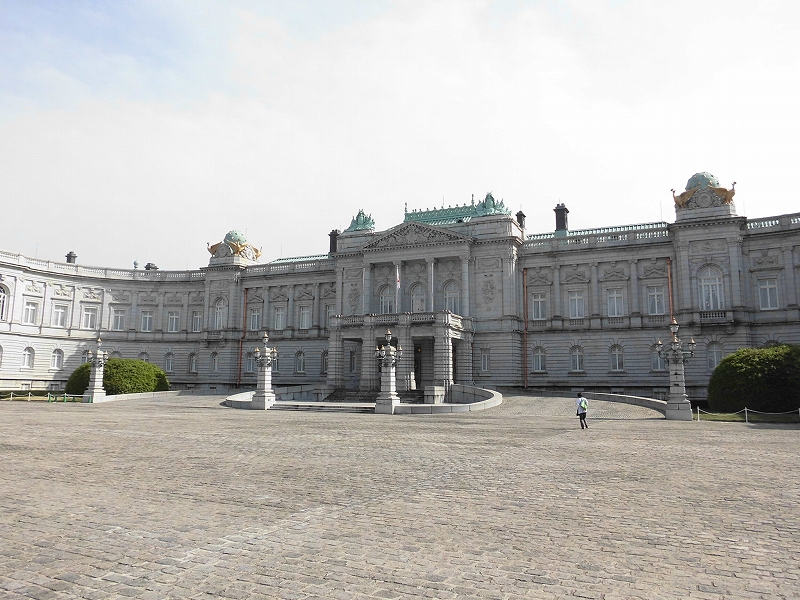
From December 23rd to 25th, 2017, tours were held by entering through the central entrance hall of the main building. The entrance to the State Guest House is normally closed when state and official guests visit the State Guest House, but it may be opened for a limited time. Also, at this time, tour registration normally ends at 4:00 pm, but night tours were also held.
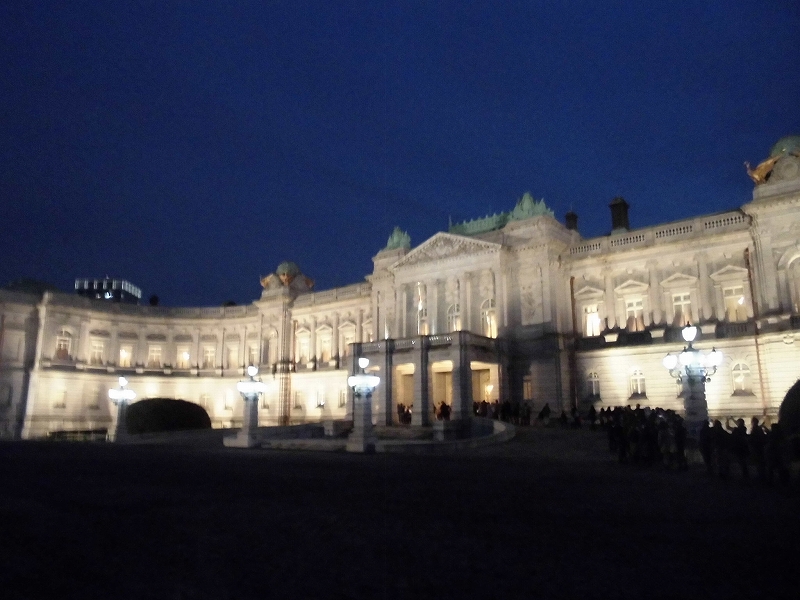
This is the main building of the State Guest House when the night tour was held. As you can see from the photo, there is a long line of people waiting to get to the entrance hall. It was also lit up during the period.
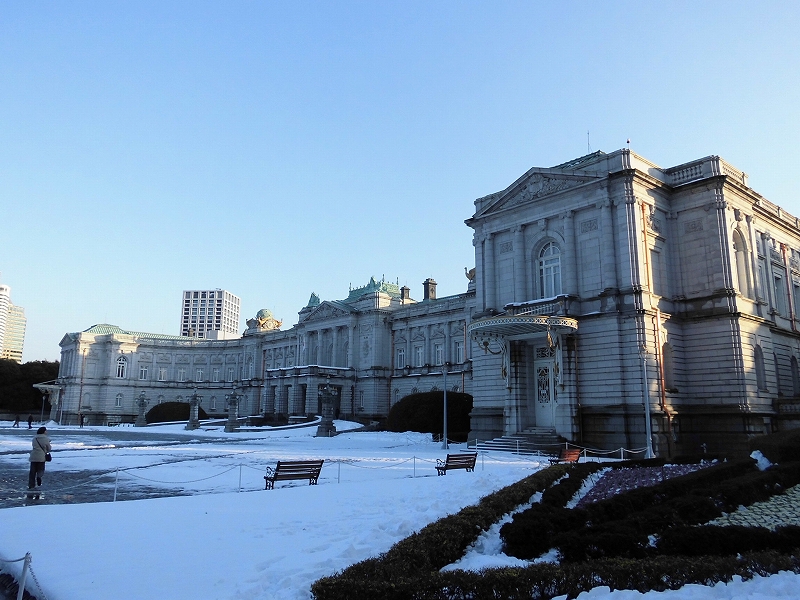
This is the front garden of the State Guest House the day after heavy snowfall in Tokyo. There was also snow on the balcony above the entrance hall. Now, regarding the tour of the State Guest House, there is no need to make a reservation to tour the garden only. There is a limit on the number of people allowed to tour the inside of the main building, so if you want to be sure to visit, it is best to make a reservation in advance. Applications can be made from the Cabinet Office/State Guest House Akasaka Imperial Palace website. You can also check the dates on which tours are available on the Akasaka Imperial Palace website.
INFORMATION
| name | State Guest House Akasaka Imperial Villa |
| location | 2-1-1 Motoakasaka, Minato-ku, Tokyo |
| telephone number | 03-3478-1111 |
| Official URL | https://www.geihinkan.go.jp/akasaka/ |
| GOOGLE MAP |
If you're going to the State Guest House, check out the Meiji Kinenkan as well!
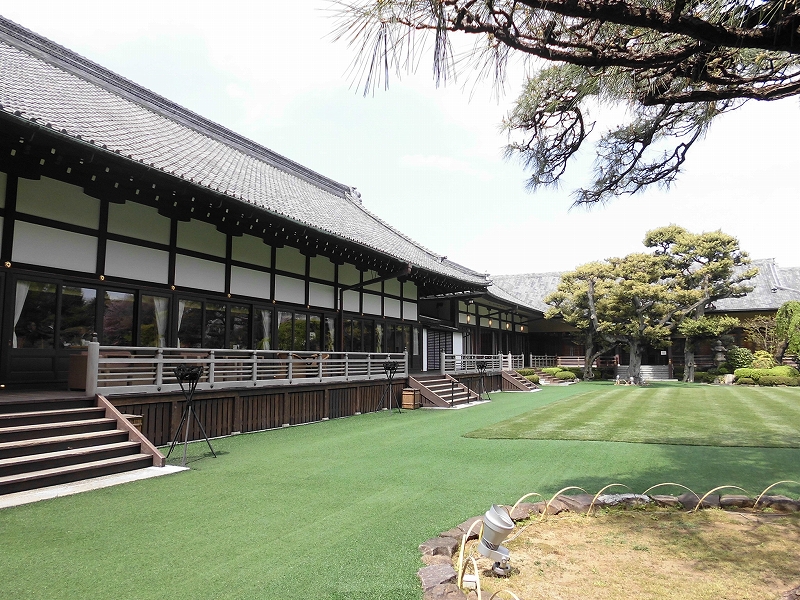
The main building of the Meiji Kinenkan can be seen on the left side of the photo. In fact, this building was a banquet hall built in 1881 on the site where the current guesthouse is located. At that time, the former Aoyama Palace of the Kishu Domain was used as a temporary imperial palace, and adjacent to it was the current main building of the Meiji Kinenkan. At that time, dinner parties with foreign dignitaries were held here. In other words, it was the first state guesthouse built in the Meiji era. Currently, it is used as a banquet hall and lounge called ``kinkei''.
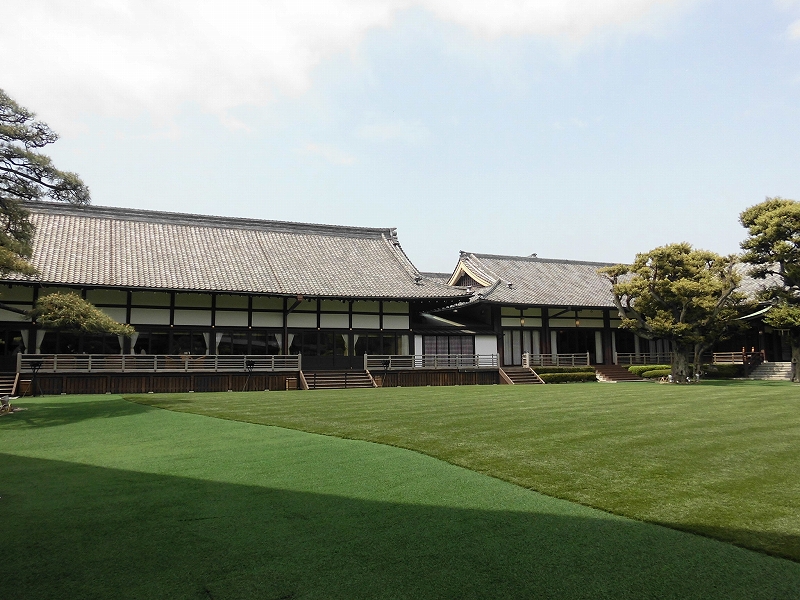
Meiji Kinenkan is a general wedding hall located a 5-minute walk from JR Shinanomachi Station. ``Kinkei no Ma'' can be used as a cafe or restaurant unless it is reserved as a banquet hall for weddings or other events. It is about a 15 minute walk from here to the west gate of Akasaka Imperial Palace. It might be fun to enjoy tea time at the State Guest House built in 1897, and then head to see the State Guest House, which was built in the Showa era.
INFORMATION
| name | Meiji Kinenkan |
| location | 2-2-23 Motoakasaka, Minato-ku, Tokyo |
| telephone number | 03-3403-1171 |
| Official URL | https://www.meijkinenkan.gr.jp/ |
| GOOGLE MAP |
How was it?
Photography is not allowed inside the main building of the State Guest House, so we have introduced the main garden and front garden. Please take a look inside the main building with your own eyes. Inside the museum, curators are available to answer questions at viewing spots, and information about the museum is also broadcast at each spot. You can definitely enjoy it even if you have no knowledge of architecture or art.


![[Tokyo] Get a lot of followers! This is the classic Instagram spot! iphone-500291_1280](https://jp.neft.asia/wp-content/uploads/2017/09/iphone-500291_1280-150x150.png)
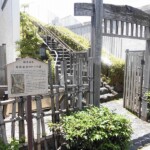

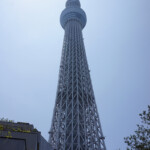
![[Tokyo] Meiji Shrine has the highest number of New Year's visitors in Japan Meiji Jingu](https://jp.neft.asia/wp-content/uploads/2016/09/16363764630_47698f8a2b_c-150x150.jpg)
![[Tokyo] Tsukiji Market, a famous tourist destination filled with seafood from all over Japan Tsukiji market](https://jp.neft.asia/wp-content/uploads/2016/09/15945312069_7bb1a3c398_c-150x150.jpg)
![[Tokyo] Japan’s oldest museum “Tokyo National Museum” Tokyo National Museum](https://jp.neft.asia/wp-content/uploads/2016/09/370864310_e10bf33d74_b-150x150.jpg)
![[Tokyo] The National Diet Building, the center of Japanese politics 22898161_m](https://jp.neft.asia/wp-content/uploads/2016/10/22898161_m-150x150.jpg)
